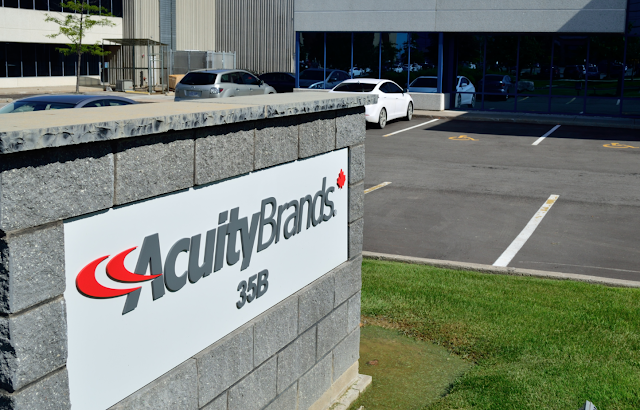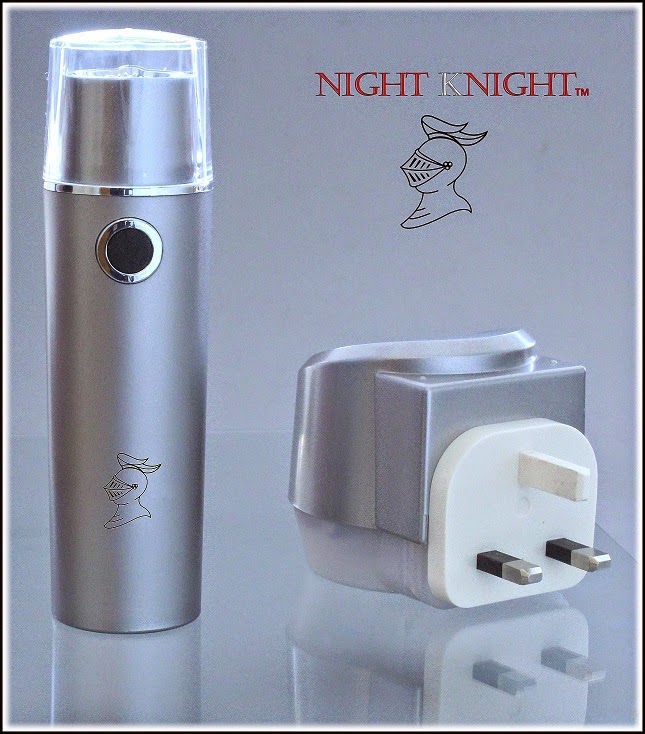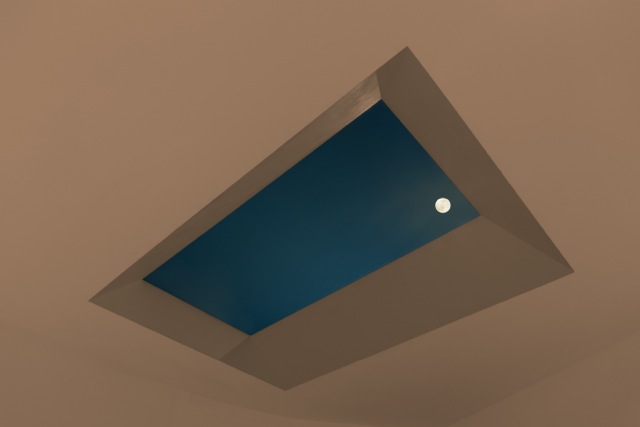Top US lighting firm bets the house on IoT

Acuity is making a major investment in Internet of Things technology.
Many think that the Internet of Things is the future of the lighting industry. The ability of sensors planted in light fixtures to collect data, is also crucial too.
Acuity Brands is placing its faith in the Internet of Things as the future of lighting, by making a major investment in the technology.
The company is hoping to expand its catalogue of IoT offerings, by bringing luminaires and building management controls together.
IoT sensors implanted in LEDs have the ability to collect analytical information on the behaviour of the people that use a building, offering information on how long people stay in a room, for example, and during what hours of the day.
Acuity has devised software that will offer an array of capabilities, including indoor positioning, asset tracking, space utilisation, spatial analytics and energy management.
The company unveiled its new product, Atrius, at Lightfair in Philadelphia, which, the firm hopes will advance Acuity's IoT products, making them much more sensory.
‘Lights are installed throughout most of our indoor and outdoor spaces. In addition, lights are powered and connected, and with the emergence of LED lighting, they now feature onboard intelligence.'
The product can help employees find available meeting rooms, empower travelers to navigate busy airports, guide shoppers to a specific product on a store shelf or permit a retailer to receive an alert that a customer needs sales assistance.
‘Lights are installed throughout most of our indoor and outdoor spaces. In addition, lights are powered and connected, and with the emergence of LED lighting, they now feature onboard intelligence,’ commented Greg Carter, vice president and general manager of Atrius.
‘That's why we believe LED lighting is the best and least expensive infrastructure for delivering a sensory network that feeds IoT platforms to connect systems, spaces and people.'
Atrius IoT applications utilise LED lighting infrastructure rather than requiring additional equipment like stand-alone beacons or dedicated IoT networks, bringing a faster return-on-investment.
As IoT technology improves, upgrades are simple and cost effective. Further, the conversion of conventional lighting to LED lighting can provide the energy savings to help fund evolving IoT capabilities.




Comments
Post a Comment